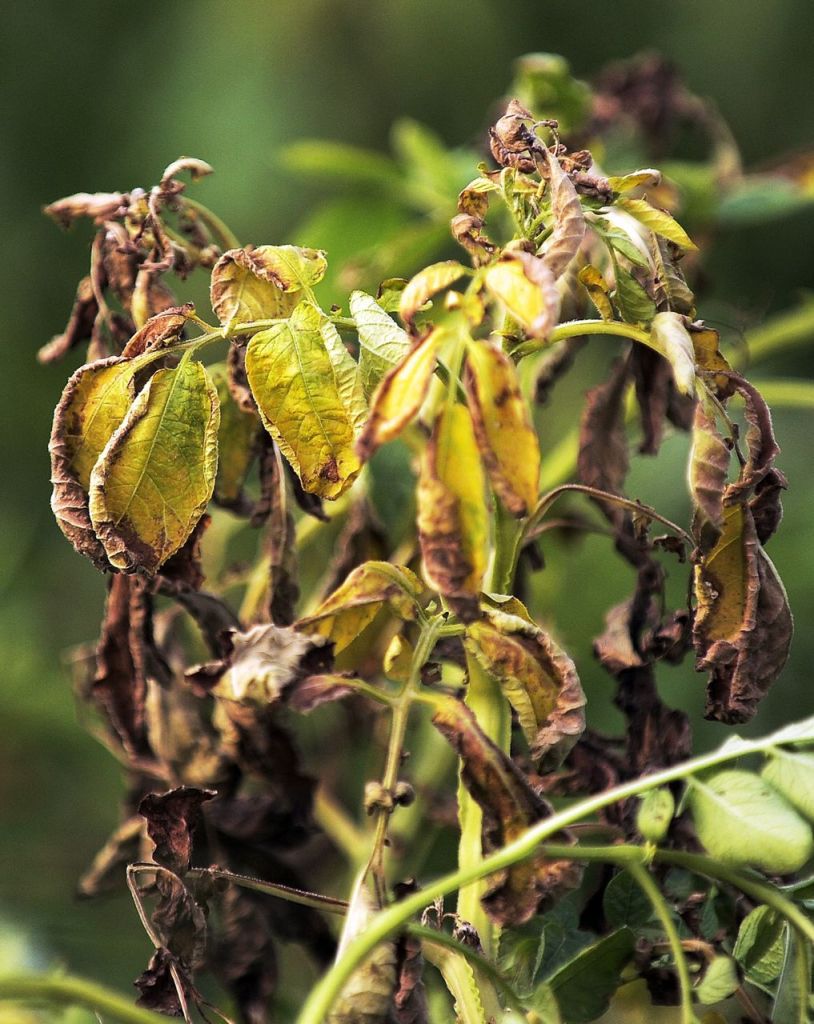Nine Maine counties set monthly records for high temperatures or rainfall last year, putting the state among the top 10 nationally in a ranking compiled by a national environmental group.
Driving the rankings was a spell in March, as well as days in June and August, when readings at weather stations in 16 communities broke daily high or daily low temperature marks dating to 1936.
In January, June and October, rainfall records were toppled from Aroostook to York counties.
The records are detailed in a new report and interactive map released by the Natural Resources Defense Council. The study is based on data from stations certified by the National Oceanic and Atmospheric Administration, which indicated that 2012 was the hottest year on record nationwide.
Top 10 states were defined as those with the highest percentage of weather stations reporting at least one new monthly heat record. Joining Maine on the list were Colorado, Illinois, Indiana, Maryland, Minnesota, Nevada, Tennessee, West Virginia and Wisconsin.
Last year’s heat brought the worst drought in 50 years to the Midwest, and July was the hottest ever recorded in the lower 48 states. More than 9.2 million acres of land were destroyed in wildfires that also claimed hundreds of homes.
While climate change trends are beginning to emerge across the nation and around the world, the effects of global warming “are very local” and carry “a big human cost (in terms of) the disruption of communities,” said Kim Knowlton, deputy director of the council’s science center.
Knowlton said the combination of rising temperatures, drought, uncertain rainfall amounts and timing could lead to agricultural problems that affect food supplies and prices.
“I think there’s a lot of serious concern about this,” she said.
A University of Maine agricultural expert said a longer growing season, stimulated by warming temperatures, would have less immediate impact on farmers than shorter-term, extreme events, such as periods of drought or prolonged periods of heavy rain.
“It makes it even more challenging,” said Ivan Fernandez of UMaine’s Department of Plant, Soil and Environmental Sciences, noting that farmers already operate under unpredictable conditions.
There’s also alarm over the impact of climate change on the ocean food chain. In June, the world’s oceans had the highest average temperature since record-keeping began in the 19th century.
Patrice McCarron, director of the Maine Lobstermen’s Association in Kennebunk, said lobstermen have been noticing a gradual warming of the Gulf of Maine water temperatures.
“We know that lobsters are highly dependent on ocean temperatures,” she said, pointing out that scientists believe warming may be contributing to a decline in the lobster population in southern New England, off Rhode Island and north to Buzzard’s Bay on Cape Cod.
“The range of the resource (is) shifting to the north,” McCarron said. In search of colder bottom water, “they’ve actually just moved.”
The report indicates that local, state and federal governments must work on preparedness, said Knowlton, the council scientist, who notes that planning and preparation for extreme weather is much less costly than spending on disaster- and emergency-response efforts.
Knowlton also said government should continue working on limiting carbon emissions from motor vehicles and power plants, and supporting state and local communities in developing their own plans for responding to climate change.
Staff Writer North Cairn can be contacted at 791-6325 or at:
ncairn@mainetoday.com
Send questions/comments to the editors.



Success. Please wait for the page to reload. If the page does not reload within 5 seconds, please refresh the page.
Enter your email and password to access comments.
Hi, to comment on stories you must . This profile is in addition to your subscription and website login.
Already have a commenting profile? .
Invalid username/password.
Please check your email to confirm and complete your registration.
Only subscribers are eligible to post comments. Please subscribe or login first for digital access. Here’s why.
Use the form below to reset your password. When you've submitted your account email, we will send an email with a reset code.